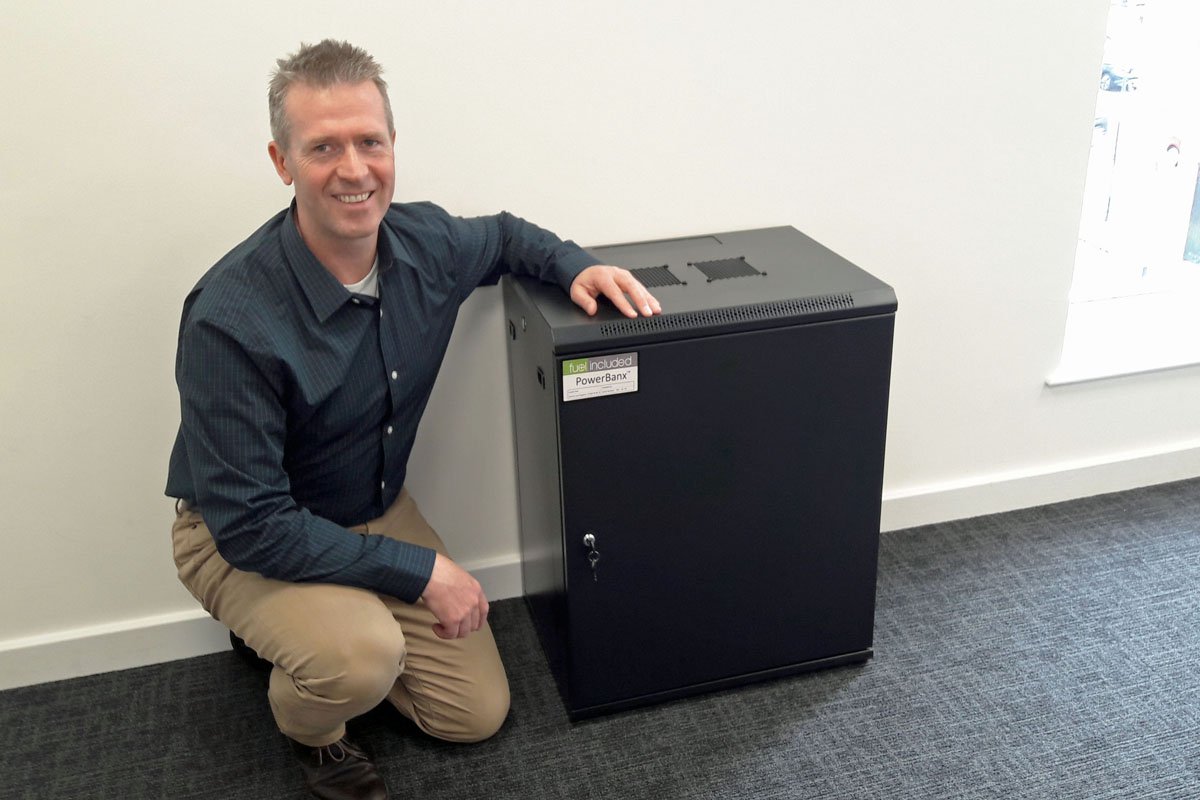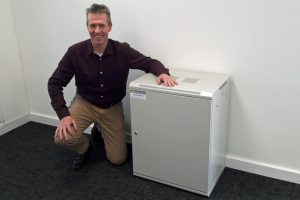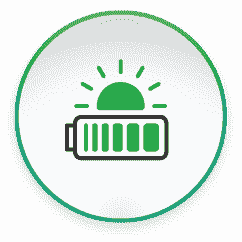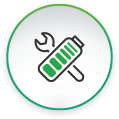Here is our guidance on battery storage system maintenance in a typical domestic situation. It is based in part on the IET Code of Practice on Electrical Energy Storage Systems.
While a battery storage system (BSS) – sometimes known as an Electrical Energy Storage System (EESS) – has few, if any, moving parts and is generally low maintenance, Tanjent recommends that customers make themselves familiar with the main elements of their system so that they can recognise issues quickly before they become more serious.
1. General
Maintenance activities generally fall into the following categories:
- proactive maintenance — for maintenance activities that can be scheduled based on known parameters and conditions of components, or as a result of safety practices and standards; these will include:
- scheduled maintenance activities; and
- periodic verification.
- reactive maintenance, where the maintenance activity results from a fault, component failure or change in conditions.
All maintenance activities, and their scheduling, should comply with the O&M manuals provided at handover.
2. Scheduled maintenance
The maintenance schedule will typically include the following types of activities:
- cleaning of any fans/ventilation in electronic components (such as those within inverters/ chargers/battery enclosures);
- checking for accumulation of dust and other contaminants on batteries and terminals;
- battery replacement at longer intervals.
Scheduled maintenance may be linked to service contracts, warranty conditions or performance guarantees.
Tanjent recommends that any regular maintenance requirements specified by the manufacturer (e.g. if an inverter has fans that need cleaning) should be done as required.
3. Periodic verification
Periodic verification is scheduled to ensure that the EESS remains in a safe and satisfactory operational condition. The regime used will be similar to, or a sub-set of, that used for initial system commissioning.
Non-invasive testing or discharge testing of battery systems, in line with manufacturers’ and insurers’ requirements, should be accommodated.
The interval may be specified by the client on the advice of the company designing and/or installing the EESS or linked to service and maintenance contracts.
As a general rule, the period between verifications should not exceed that recommended for the AC systems to which the EESS is connected.
Instead of the appropriate initial verification certification provided for electrical systems in accordance with BS 7671, an electrical installation condition report would be used to record and present the results of electrical inspections and tests.
It is imperative that those carrying out periodic verification in installations with multiple sources of supply are aware of the relative hazards, as inappropriate isolation techniques in a system that is capable of island mode operation can lead to electric shock.
As with initial verification, it should be noted that earth fault loop impedance and prospective fault current measurements may be distorted if measurements are made with local inverters (from EESS, solar PV, and so on) operating in connected mode. Similarly, if these tests are carried out in island mode with small EESS, the tests may not provide an adequate reading before inverter current limit protection operates. See Section 12.2 of the IET Code of Practice for the recommended approach for these tests.
Tanjent recommends that an electrical verification of the complete EESS be conducted in parallel with the regular inspection of the consumer board (‘fuse box’). This is usually done on a regular 5 or 10 year basis for a domestic property.
4. Regular inspections
Regular inspections occur at shorter intervals than periodic verification and are intended to ensure that the system is operating normally. All sites will benefit from a regular inspection, as this may help in the early identification of faults and thus ensure that the system operation does not become inefficient.
Tanjent recommends that the EESS is visually inspected every 6 months. Also the system performance should be checked regularly, for example by checking its behaviour weekly online (via the Internet portal or a smartphone app). The system should be seen to charge up when solar is being exported, and to discharge to power the property once there is no longer excess solar. A slow decrease in battery capacity (a few % per year) is normal, any thing worse than that should be investigated.
Batteries do not like getting hot or cold as this reduces their capacity and charge rate. If your EESS is installed outside or in an unheated building (such as a garage) then consider providing an insulated cover in cold weather. If it is installed somewhere potentially hot like a loft or small cupboard then adequate ventilation must be ensured.
Batteries that are left at their minimum charge level for a long period of time can experience significant, sometimes irreversible damage. It is therefore recommended that if this is seen (for example in the winter months when solar energy is reduced), or just for preventative purposes, a regular scheduled charge is instituted. For example, this could be charging to full once per week. This will improve the long-term health of the battery and allow for cell balancing.
5. Ensuring continued compatibility of components
With EESS, as with other electrotechnical systems, it is important to ensure that replacement components are compatible in form, fit and function.
However, where storage batteries are concerned, it is possible that apparently minor changes in specification for either batteries and/or chargers can cause irreversible damage to batteries, or cause them to overheat with potentially devastating results such as explosion or fire.
Where batteries include internal protection (such as some lithium-ion types) it is important to ensure the same safety provisions are in place when replacements are procured.
Should a manufacturer cease production of a particular type or model of component, their assistance should be sought in sourcing a suitable equivalent replacement.






